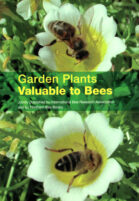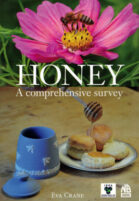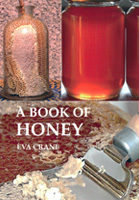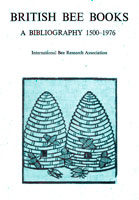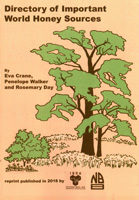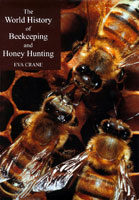Most people are now aware that our insect population has come under severe pressure due to changes in their environment. This awareness is causing an increasing interest in what can be done to support our insect life for our own good. We are seeing a gradual change in agricultural & horticultural attitudes and practice that should contribute towards improvement in the general welfare of insects. Gardeners also have a vital role to play.
Most environmentally engaged gardeners want more information about what to plant for the benefit of insects. The key objective is to create a steady supply of nectar and pollen throughout their active season. Extending the supply at both ends of the active season is more effective than in Spring. Everyone knows about the glut of insect food in April/May but not everyone is aware of the so-called “June Gap” when supplies often suddenly temporarily dip.
This book provides that information in a concise tabular form as it deals in turn with herbaceous plants, then annual and biannual plants, trees and finally shrubs. It is an essential guide for all environmentally interested gardeners.
The garden plants selected for inclusion in this book are not only valuable to bees: they are worth growing in their own right, and have been chosen for their horticultural merit.



